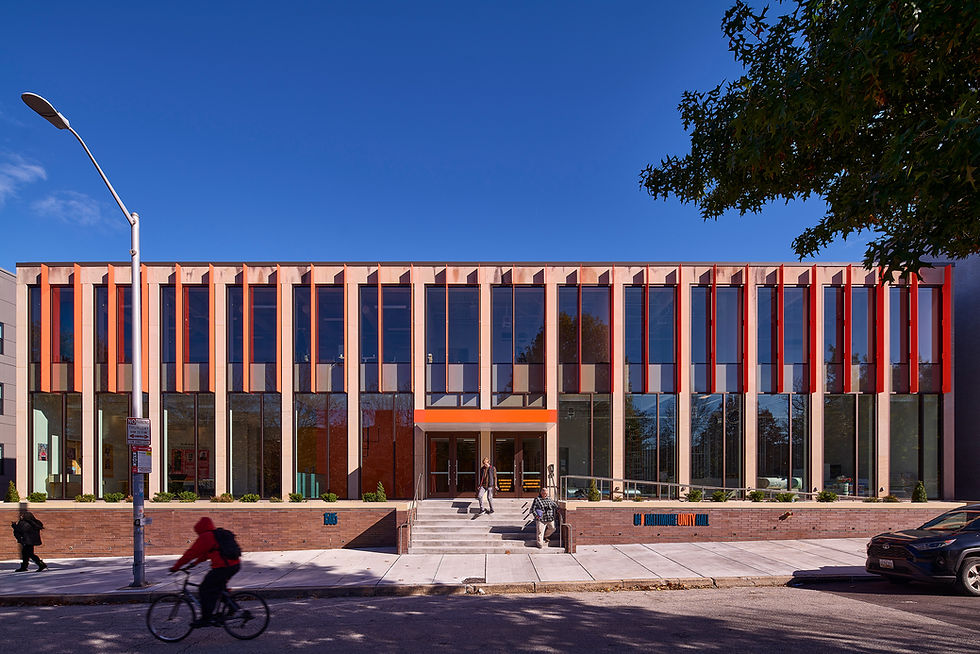Carbon Reduction Framework Plan
- Deanna McCormack
- Jul 11
- 1 min read
Updated: Oct 6
In 2025, Ziger|Snead Architects launched the Carbon Reduction Framework, a comprehensive strategy to address greenhouse gas emissions across both office operations and project work. Developed by the studio’s Purpose Team, the framework translates climate urgency into actionable steps, foregrounding architecture’s role in shaping a more sustainable future.

Recognizing that the vast majority of emissions stem from the buildings we design, not the spaces we occupy, the framework prioritizes project-based strategies—particularly those targeting embodied carbon. These emissions, embedded in construction materials and released before a building is occupied, are a critical front in the fight against climate change.

Central to the plan is the Carbon Charrette: a structured internal review embedded into each design phase. Using a standardized rubric, project teams assess opportunities for material reuse, low-carbon assemblies, and design moves that reduce environmental impact without compromising architectural integrity. Like the studio’s QA/QC process, the charrette invites cross-team participation and helps build a shared culture of accountability.

The framework also outlines measures to reduce emissions from Z|S’s operations, including office energy use, waste, procurement, commuting, and investments. Recommendations range from practical adjustments—such as composting and reducing plug loads—to longer-term shifts like electrifying HVAC systems and aligning procurement with sustainability goals.
Rooted in five guiding principles—ethical practice, leadership, rigor, appropriateness, and consistency—the Carbon Reduction Framework reflects Z|S’s belief that every design decision is an opportunity to build responsibly. As the studio looks ahead, this framework offers both a roadmap and a challenge: to lead by example, think critically, and design with lasting impact.



